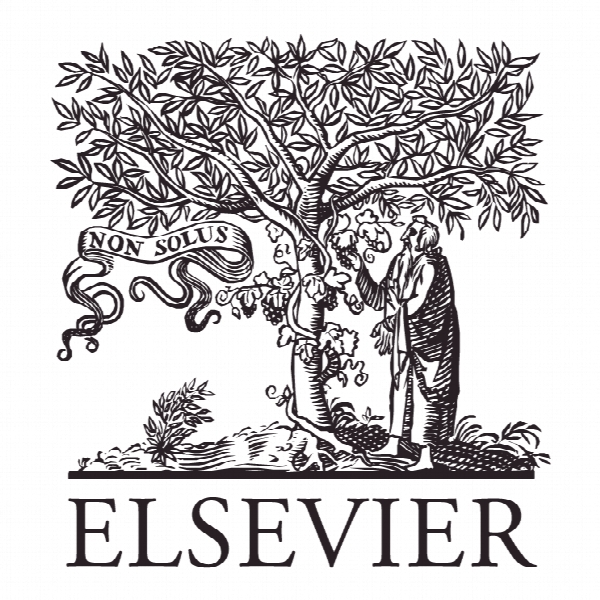اثر اندازه نمونه بر روی مقاومت فشاری و خمشی بتن مسلح با مقاومت بالای فیبر حاوی دانه درشت Specimen size effect on compressive and flexural strength of high-strength fibre-reinforced concrete containing coarse aggregate
- نوع فایل : کتاب
- زبان : انگلیسی
- ناشر : Elsevier
- چاپ و سال / کشور: 2018
توضیحات
رشته های مرتبط مهندسی عمران
گرایش های مرتبط سازه
مجله کامپوزیت قسمت ب – Composites Part B
دانشگاه Department of Concrete and Masonry Structures – Czech Republic
منتشر شده در نشریه الزویر
کلمات کلیدی انگلیسی Size effect, High-strength concrete, Compressive strength, Flexural strength, Modified size effect law
گرایش های مرتبط سازه
مجله کامپوزیت قسمت ب – Composites Part B
دانشگاه Department of Concrete and Masonry Structures – Czech Republic
منتشر شده در نشریه الزویر
کلمات کلیدی انگلیسی Size effect, High-strength concrete, Compressive strength, Flexural strength, Modified size effect law
Description
1. Introduction Generally, there are two main types of specimens used for testing of compressive strength of concrete around the world – cylinders and cubes. Specimens of varying shapes and sizes are preferred in various countries. In the states using European standards (EN), 150 mm cubes and 150/300 mm (diameter/height) cylinders are the most commonly used types. In connection with the advancement of concrete technology and considering wider use of high-strength fibre-reinforced concretes (HSFRC), these types of specimens are often replaced by smaller samples, mainly by 100 mm cubes. The reason why cubes are preferred over cylinders is elimination of bottom and top surface preparation. Cylinder end grinding equipment is expensive, it is difficult to find a capping material with suitable properties for testing of HSFRC. Smaller specimens are also advantageous because of easier handling of the samples and lower material consumption. The main reason why smaller cubes are preferred is the effort to reduce testing machine capacity requirements. According to the experience of the authors, capacity of common testing machines usually does not exceed 3 MN, which means that the maximum possible strength of 150 mm cubes to be tested is 130 MPa. Such value is sufficient for majority of purposes, but not for research and application of the most advanced HSFRC. If the 100 mm cubes are used, the required force is theoretically 2.25 times lower. This enables testing of concretes exceeding 250 MPa compressive strength with the use of the same machine. The situation is similar concerning the flexural strength which is the second most important parameter of HSFRC. Both 150 × 150 × 700 mm and 100 × 100 × 400 mm prisms are exploited in the states where European standards (EN) are adopted. In this case, capacity of testing machine is not an issue. Easier production and handling of the samples made 100 × 100 × 400 mm prisms more common in the recent years (the weight of the sample is approximately 10 kg compared to 40 kg in case of the bigger one), but 150 × 150 × 700 mm prisms are still employed occasionally as some specialists consider them to provide better representation of flexural behaviour of the material in real structure. There is a general agreement on the fact that the results of both compressive strength and flexural strength tests are affected by the size of the sample to some extent. However, opinions regarding the quantification of the size effect are ambiguous. As will be shown in chapter 2.2, various researchers have come to miscellaneous conclusions when studying different types of concrete. In this paper, the authors focused on HSFRC with maximum aggregate size of 16 mm which is the object of their long-term research.


